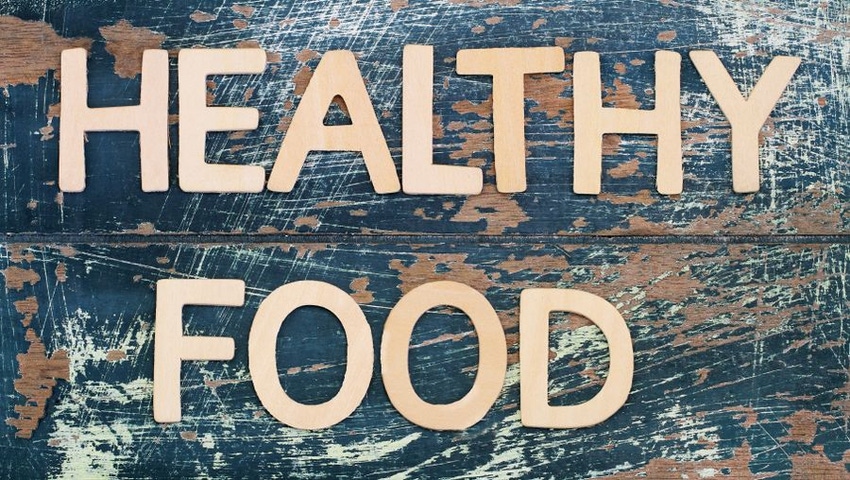FDA has started a public process to redefine the “healthy" nutrient content claim for food labeling as part of an overall plan to provide consumers with information and tools to enable them to easily and quickly make food choices consistent with public health recommendations and to encourage the development of healthier foods by the industry.

FDA has started a public process to redefine the “healthy" nutrient content claim for food labeling as part of an overall plan to provide consumers with information and tools to enable them to easily and quickly make food choices consistent with public health recommendations and to encourage the development of healthier foods by the industry.
While FDA is considering how to redefine the term “healthy" as a nutrient content claim, food manufacturers can continue to use the term “healthy" on foods that meet the current regulatory definition. The agency also is issuing a guidance document stating it doesn’t intend to enforce the regulatory requirements for products that use the term if certain criteria described in the guidance document are met. Under current FDA regulations adopted 20 years ago, foods featuring a “healthy" nutrient content claim must meet certain criteria related to cholesterol, fat, saturated fat, sodium and other nutrients such as calcium and vitamin A.
However, the agency recognizes that public health recommendations for various nutrients have evolved, as reflected by the 2015-2020 Dietary Guidelines for Americans and the updated Nutrition Facts label. For example, healthy dietary patterns now focus on food groups, the type of fat rather than the total amount of fat consumed and now address added sugars in the diet. Nutrients of public health concern, such as vitamin D and potassium, which Americans aren’t getting enough of also are getting more attention.
This year has seen a flurry of government action to define nutritional claims on a number of fronts. In August, FDA issued its final rule detailing the criteria for concluding whether the use of a substance in human or animal food is “generally recognized as safe" (GRAS). That announcement came just one day after the agency published a new document aimed at improving compliance with notification requirements for new dietary ingredients (NDIs).
In May, FDA closed the comment period for the use of the term “natural" on the labeling of food products, including foods that are genetically engineered or contain ingredients produced through the use of genetic engineering. Later that month, FDA finalized the new Nutrition Facts label for packaged foods to reflect new scientific information, including the link between diet and chronic diseases such as obesity and heart disease. The sweeping overhaul—the first in 20 years—includes modifying the list of required nutrients that must be declared on the label, updating serving size requirements, and providing a refreshed design.
In January, USDA and Health and Human Services (HHS) released the long-awaited 2015 Dietary Guidelines for Americans (DGAs) that call for consumption of a variety of nutritious foods such as vegetables, fruits, grains, low-fat and fat-free dairy, lean meats and other protein foods and oils, while limiting saturated fats, trans fats, added sugars and sodium. Key changes from the 2010 DGAs include dropping the limit on dietary cholesterol (2010 DGAs recommended less than 300 mg per day) and changes to sodium, saturated fat, trans fat and added sugar intake.
About the Author(s)
You May Also Like






.png?width=800&auto=webp&quality=80&disable=upscale)